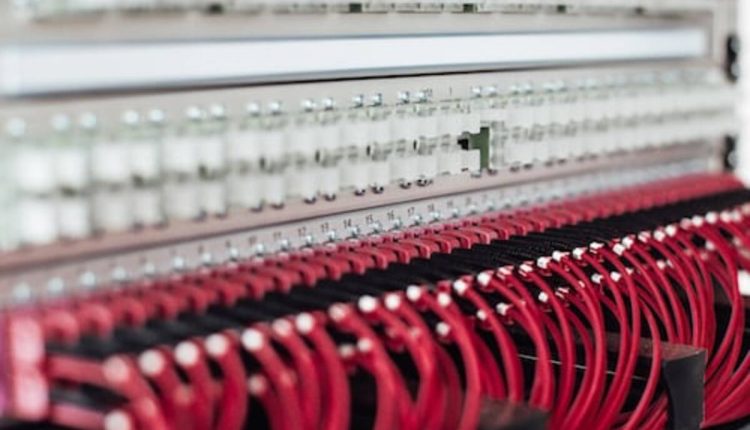Regarding managing your home or small business network, two IP addresses often come into play: 192.168.1.1 and 192.168.0.1. These IP addresses are default gateways to your router’s configuration page, allowing you to access and customize various network settings. While they may appear similar at first glance, they have distinct differences that can impact your networking experience. This article’ll explore the differences between 192.168.1.1 and 192.168.0.1 and when you might encounter them.
IP Address Basics:
Before diving into the differences, let’s briefly review what an IP address is and why it’s essential:
IP Address: An IP (Internet Protocol) address is a numerical label assigned to each device in a computer network. It serves two primary functions: identifying the host or network interface and providing the location of that device in the network.
Default Gateway: The default gateway is the router’s IP address used as the central point for data traffic between devices on a local network and the external internet.
192.168.1.1:
1. Common Default Gateway: 192.168.1.1 is a widely used default gateway IP address for various router brands and models. It’s often the default gateway for routers manufactured by TP-Link, Linksys, Netgear, Asus, and others.
2. Accessibility: To access your router’s web-based configuration interface at 192.168.1.1, you can type this IP address into your web browser’s address bar when your computer is connected to the same network.
3. Default Credentials: Many routers that use 192.168.1.1 as the default gateway have common default usernames and passwords like “admin/admin” or “admin/password.” It’s crucial to change these defaults for security.
4. Configuration: You can configure various network settings at 192.168.1.1, including Wi-Fi settings, security options, port forwarding, DHCP settings, and firmware updates.
192.168.0.1:
1. Less Common Default Gateway: While 192.168.0.1 is still a private IP address commonly used as a default gateway, it’s less prevalent compared to 192.168.1.1. Some router models from manufacturers like D-Link and Belkin use 192.168.0.1.
2. Accessibility: To access your router’s web interface at 192.168.0.1, follow the same steps as with 192.168.1.1: enter the IP address into your web browser’s address bar while connected to the router’s network.
3. Default Credentials: Just like with 192.168.1.1, routers using 192.168.0.1 typically have default usernames and passwords that should be changed for security purposes.
4. Configuration: The configuration options and settings available at 192.168.0.1 are similar to those at 192.168.1.1. You can set up Wi-Fi, security, port forwarding, and manage connected devices.
When to Use Each IP Address:
The choice between using 192.168.1.1 and 192.168.0.1 often depends on your router’s manufacturer and model. Consult your router’s manual or check the label on your router to determine which IP address your specific router uses as the default gateway.
In conclusion, 192.168.1.1 and 192.168.0.1 are necessary private IP addresses that provide access to your router’s configuration settings. While they share many similarities, including their role as default gateways, their use can vary depending on your router’s make and model. Regardless of which IP address your router employs, changing default login credentials for enhanced security and managing your network effectively is essential.
Read Also: Discover The Ultimate ATM Locator: Find ATMs Near Me Easily!


